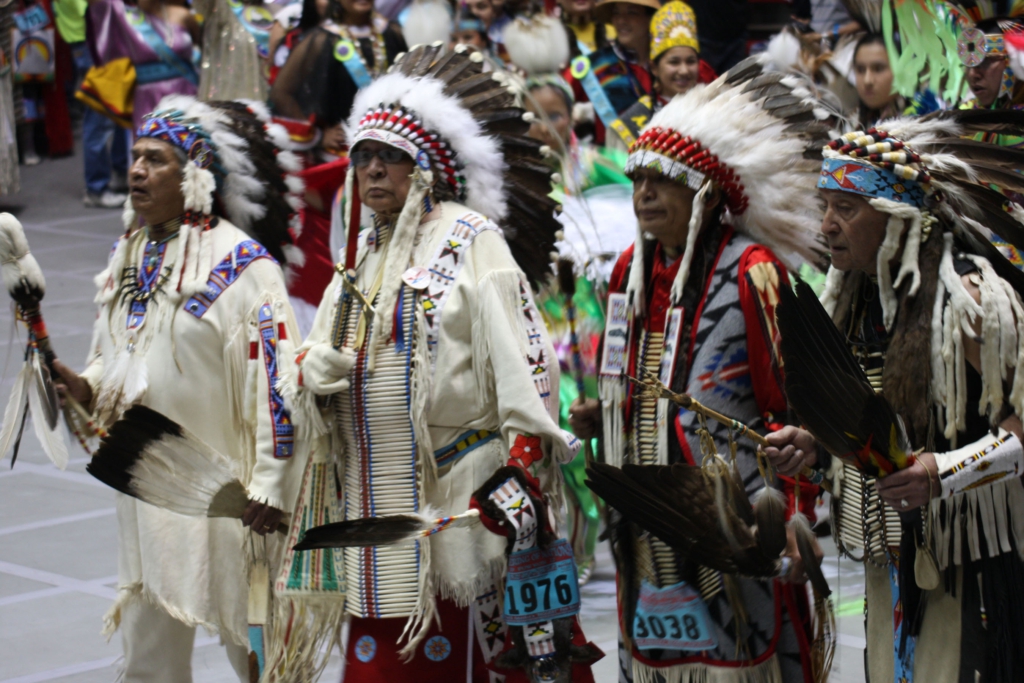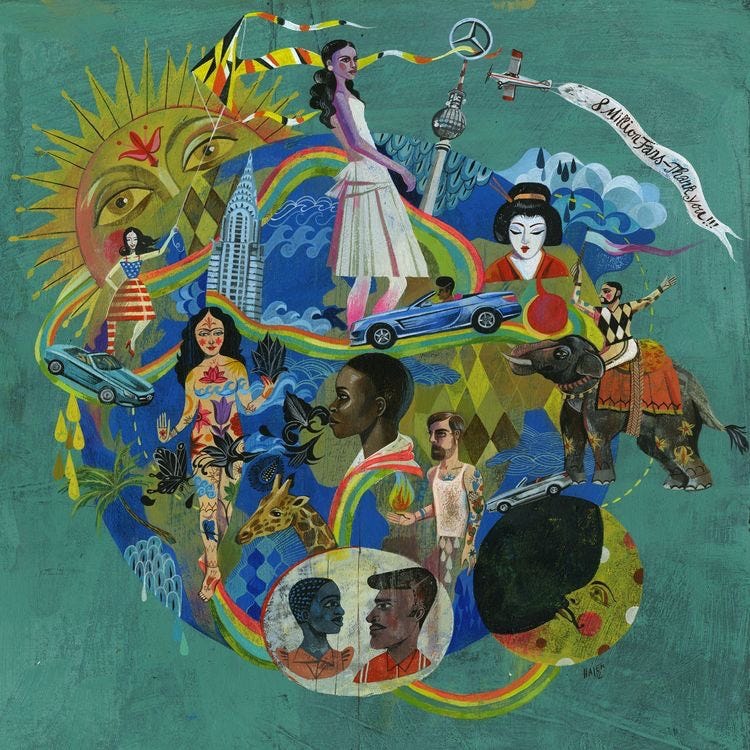A Tapestry of Diversity: Exploring the Rich History and Cultures of Native American Tribes
A Tapestry of Diversity: Exploring the Rich History and Cultures of Native American Tribes

The term "Native American" encompasses a vast and diverse tapestry of cultures, languages, traditions, and histories. Across the vast expanse of North America, hundreds of distinct tribes have thrived for millennia, each with its own unique story to tell. Comparing these tribes is not about ranking or judging, but rather appreciating the incredible diversity that exists within this vibrant and resilient community.
This article delves into the fascinating world of Native American tribes, exploring key aspects of their history, culture, and present-day life. We’ll examine how their diverse languages, spiritual beliefs, social structures, and artistic expressions reflect their unique adaptations to different environments and their enduring connection to the land.
Related Articles: A Tapestry of Diversity: Exploring the Rich History and Cultures of Native American Tribes
- Wampanoag Traditions Thrive: Art, Craft, and Culture Today
- Canoe Cadence: Unveiling the Anishinabe’s Harmony with Water
- Unveiling the Sacred Bonds: A Journey Through Cree Wedding Traditions
- Unveil the Enchanting Realm of the Philippines’ Indigenous Tribes
- Unveil the Soul of Australia: Journey into the Enchanting World of Native Instruments
The Significance of Language
One of the most striking aspects of Native American diversity is their languages. While the exact number is debated, estimates suggest over 300 distinct languages were spoken across North America before European contact. These languages are not merely tools of communication but embody the very essence of a tribe’s worldview, history, and cultural identity.
-
Iroquois: The Iroquois Confederacy, consisting of six nations (Mohawk, Oneida, Onondaga, Cayuga, Seneca, and Tuscarora), developed a complex system of governance and diplomacy. Their language, known as Iroquoian, is characterized by its intricate grammar and rich vocabulary.
-
Cherokee: The Cherokee Nation, known for its unique syllabary developed by Sequoyah, boasts a language with a fascinating history of survival. The Cherokee syllabary, a system of 85 symbols representing syllables, made literacy accessible to a wider population, aiding in the preservation of their language and culture.

-
Navajo: The Navajo Nation, the largest Native American tribe in the United States, possesses a language known for its complex grammar and intricate sounds. Navajo, also known as Diné Bizaad, is renowned for its role in World War II, where Navajo code talkers helped secure Allied victory.

Spiritual Beliefs and Traditions
Native American spirituality is deeply intertwined with the natural world. Each tribe has its own unique beliefs about the origins of the universe, the role of spirits, and the interconnectedness of all living things.
-
Hopi: The Hopi people, known for their intricate kachina dolls and their vibrant ceremonies, believe in a cyclical view of time and the importance of maintaining harmony with the natural world. They revere the Kachina spirits, who represent the ancestors and act as intermediaries between the human and spirit worlds.

-
Lakota: The Lakota people, known for their powerful warrior traditions and their connection to the Great Plains, revere the spirit of the buffalo, which plays a central role in their cultural identity and spiritual beliefs. Their ceremonies often involve drumming, singing, and dancing, honoring the sacred spirits and seeking guidance from the ancestors.
-
Inuit: The Inuit people, who inhabit the Arctic regions of North America, have a rich tradition of storytelling and shamanism. They believe in a spiritual world inhabited by powerful beings, including animal spirits, who can influence human lives. Their beliefs are closely tied to their unique environment and their ability to survive in harsh conditions.
Social Structures and Governance
Native American societies exhibit a wide range of social structures and governance systems. Some tribes had complex chiefdoms, while others were organized around clan-based systems or egalitarian communities.
-
Choctaw: The Choctaw Nation, a prominent tribe in the Southeast, had a complex system of government that included a chief, a council of elders, and a system of laws based on oral traditions. Their social structure was based on clans, each with its own distinct responsibilities and roles within the community.
-
Haida: The Haida people, who reside on the islands of British Columbia, were known for their highly developed social structure based on matrilineal descent. Their society was governed by a council of chiefs, and their art, particularly their totem poles, reflected their complex social hierarchy and clan affiliations.
-
Cheyenne: The Cheyenne people, known for their nomadic lifestyle on the Great Plains, had a more egalitarian social structure. Their government was based on a council of chiefs, elected by the people, and their decision-making process involved consensus and dialogue.
Artistic Expressions and Cultural Practices
Native American art forms are as diverse as their languages and beliefs. From intricate beadwork and pottery to powerful dances and songs, their artistic expressions reflect their unique cultures and their deep connection to the land.
-
Zuni: The Zuni people, known for their stunning pottery and their intricate fetish carvings, have a rich tradition of craftsmanship. Their pottery, often adorned with intricate designs and symbols, reflects their beliefs about the natural world and their spiritual connection to the earth.
-
Apache: The Apache people, known for their skilled horse riding and their intricate beadwork, have a long tradition of craftsmanship and artistic expression. Their beadwork, often adorned with intricate patterns and symbols, reflects their cultural identity and their deep connection to the land.
-
Kwakiutl: The Kwakiutl people, who reside on the coast of British Columbia, are renowned for their impressive totem poles, which represent their lineage, social hierarchy, and spiritual beliefs. Their art, which includes elaborate masks and carvings, reflects their rich cultural traditions and their deep connection to the natural world.
The Importance of Understanding Diversity
Understanding the diversity of Native American tribes is crucial for fostering respect, appreciation, and understanding. By recognizing their unique histories, cultures, and traditions, we can move towards a more inclusive and equitable society.
Preservation and Revitalization
Today, many Native American tribes are actively working to preserve their languages, traditions, and cultural heritage. This includes efforts to revitalize languages, promote cultural education, and protect sacred sites. These efforts are essential for ensuring the continued vitality of Native American cultures and for honoring the legacy of their ancestors.
Conclusion
The diversity of Native American tribes is a testament to the resilience and adaptability of human spirit. By exploring their rich histories, cultures, and traditions, we can gain a deeper understanding of the tapestry of human experience and the importance of respecting and celebrating cultural diversity.
FAQs
Q: How many Native American tribes are there in the United States?
A: The exact number is difficult to determine as it depends on how "tribe" is defined. However, the Bureau of Indian Affairs (BIA) recognizes over 570 federally recognized tribes.
Q: What are some of the major language families spoken by Native Americans?
A: Some of the major language families include Algonquian, Iroquoian, Siouan, Athabaskan, and Na-Dené.
Q: How are Native American tribes organized?
A: Native American tribes are organized in a variety of ways, ranging from complex chiefdoms to egalitarian communities. Some tribes are organized around clans, while others have more centralized systems of governance.
Q: What are some of the challenges facing Native American tribes today?
A: Native American tribes face a number of challenges today, including poverty, unemployment, health disparities, and the loss of cultural heritage. These challenges are often rooted in historical injustices, such as colonization and forced assimilation.
Q: How can I learn more about Native American tribes?
A: There are many ways to learn more about Native American tribes. You can visit museums, attend cultural events, read books and articles, and connect with local Native American communities. It’s important to approach learning with respect and a willingness to listen to the voices of Native American people.

Closure
Thus, we hope this article has provided valuable insights into A Tapestry of Diversity: Exploring the Rich History and Cultures of Native American Tribes. We hope you find this article informative and beneficial. See you in our next article!